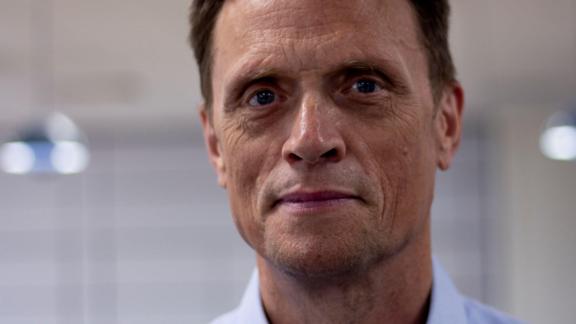Why is change in the health service so difficult?

While pockets of innovation are happening across the NHS, we need to focus more on doing things better, rather than doing better things.
Every health service leader can proudly cite examples of improvement and innovation in their organisation or system. Yet, overall, the question repeats: ‘why is change in the health service so difficult?’
The combination of ambition for the kind of changes that might restore public trust, narrow the demand capacity gap and build a path to financial sustainability, sometimes feels unconnected to pockets of innovative activity. It is reminiscent of what philosopher Gilbert Ryle referred to as a ‘category error’, like a child walking around a campus, seeing all the faculties and asking ‘but where is the university?’
Successful organisations don’t just solve individual problems, they develop methods and cultures of change
I suspect part of the answer lies in how we think about change. Successful organisations don’t just solve individual problems, they develop methods and cultures of change. This, of course, is the objective of various QI frameworks on display in the NHS. But while these are an important component of change they tend to be incremental, focused more on doing things better than doing better things.
Here, in highly concise form (I’m available at reasonable rates to expand and apply), are three complementary ways of thinking about both broader and more continuous change:
First, complex human systems change processes need to recognise and respond to the three core systems of human motivation/drivers:
- authority (doing what we’re told – top down)
- values and belonging (doing what seems right for the groups we are part of – lateral)
- self-interest (doing what we want for ourselves – bottom-up).
Too often interventions get only some of this right. For example, with staff morale fragile, if a case for change is made in terms of national targets or even improving patients’ experience it may go unheeded unless staff also feel it will also improve their working lives.
Second, because these motivational drivers are complex and often push against each other, our approach to change needs to combine two very different ways of thinking and acting. That’s why I talk about ‘thinking like a system’ (having an account of what a new and better equilibrium look and feel like) but ‘acting like an entrepreneur’ (being adaptive and agile in how we go about change). The opposite to this approach is one that makes one-off interventions without thinking through the wider system implications, which is slow in getting permission for change but then tends to overcommit to one approach. This is sadly recognisable to anyone in the health service.
Third, while systems like GIRFT are very useful for certain, reasonably circumscribed forms of improvement, the approach to more complex, locally embedded issues such as improving end-to-end care pathways, should be tight on objectives and purpose but looser on the way these objectives are delivered. Again, too often in the NHS we experience change initiatives with unrealistic or unclear objectives alongside over-specified methods and proxy targets.
Mid and South Essex ICS stewardship programme
The stewardship programme that has been implemented in Mid and South Essex ICS is a prime example of many of these components coming together, and why I am a big fan of the approach the system is taking amid challenging circumstances.
The programme embodies shared thinking and shared responsibility, with 17 projects made up of teams that bring together perspectives from the whole cycle of care, from before they enter to after they step out. The teams draw on lived experience of local people and their own insight to identify ways to improve quality and make better use of resources. The projects have accomplished impressive outcomes, including reducing ambulance conveyancing, increasing the use of digital medicine and empowering more patients to sign up to prevention programmes.
Having visited and listened to stewards present their work, I can draw out some of their key qualities:
- Strong backing from system leaders but project leaders are free to shape their own priorities and methods, strengthening the projects’ impact and influence more widely on the system.
- Unremitting focus on improving patient outcomes and experience.
- Egalitarian and inclusive culture with stewards.
- Strong use of data and continuous evaluation of progress.
- Capacity to learn and adapt in real time.
- Impressive ambition but a patient and pragmatic approach.
- Everyone involved seems to be proud and enjoying themselves.
- Viewed as a way to respond to their local challenges (financial and structural in this instance) not ‘a nice to do’ or extra.
…people, their experience and learning are at the heart of improvement and change
For some the stewardship is too unpredictable and small scale to be taken seriously. But as we note in the first episode of our soon-to-launch improvement podcast: people, their experience and learning are at the heart of improvement and change.
So, as I sat in Chelmsford being inspired by each presentation, I recalled the words of anthropologist Margaret Mead: “Never doubt that a small group of thoughtful, committed citizens can change the world. Indeed, it is the only thing that ever has.”
Matthew Taylor is chief executive of the NHS Confederation. You can follow Matthew on X (formerly Twitter) @ConfedMatthew



